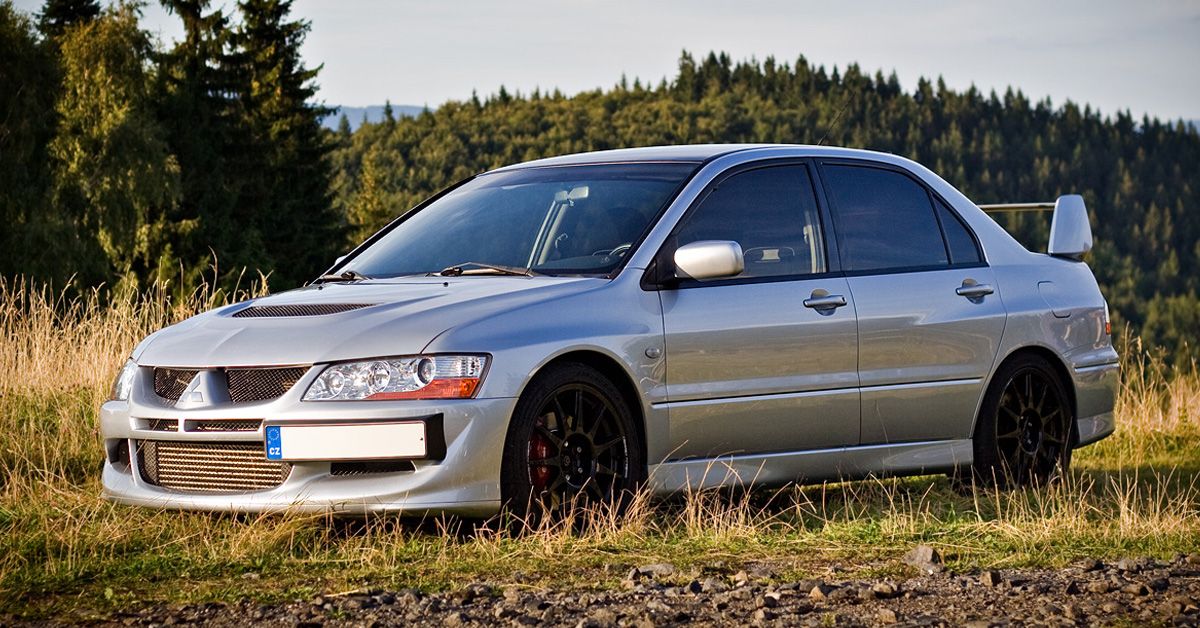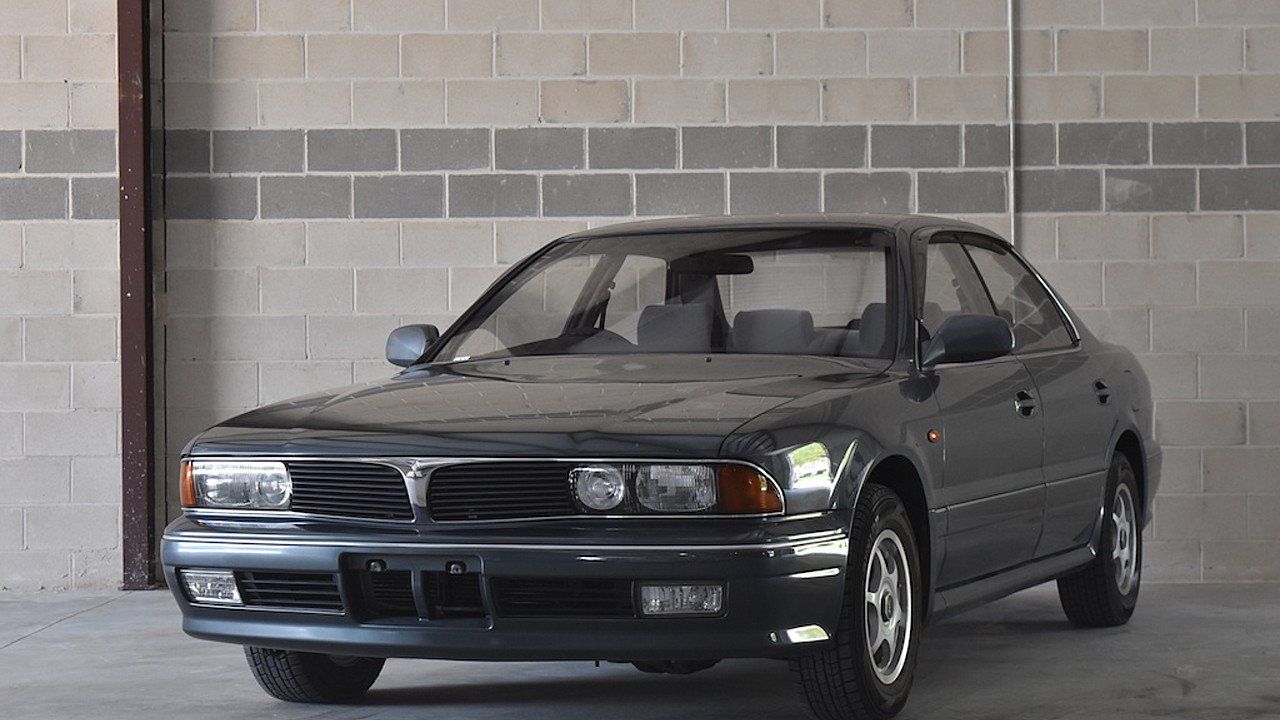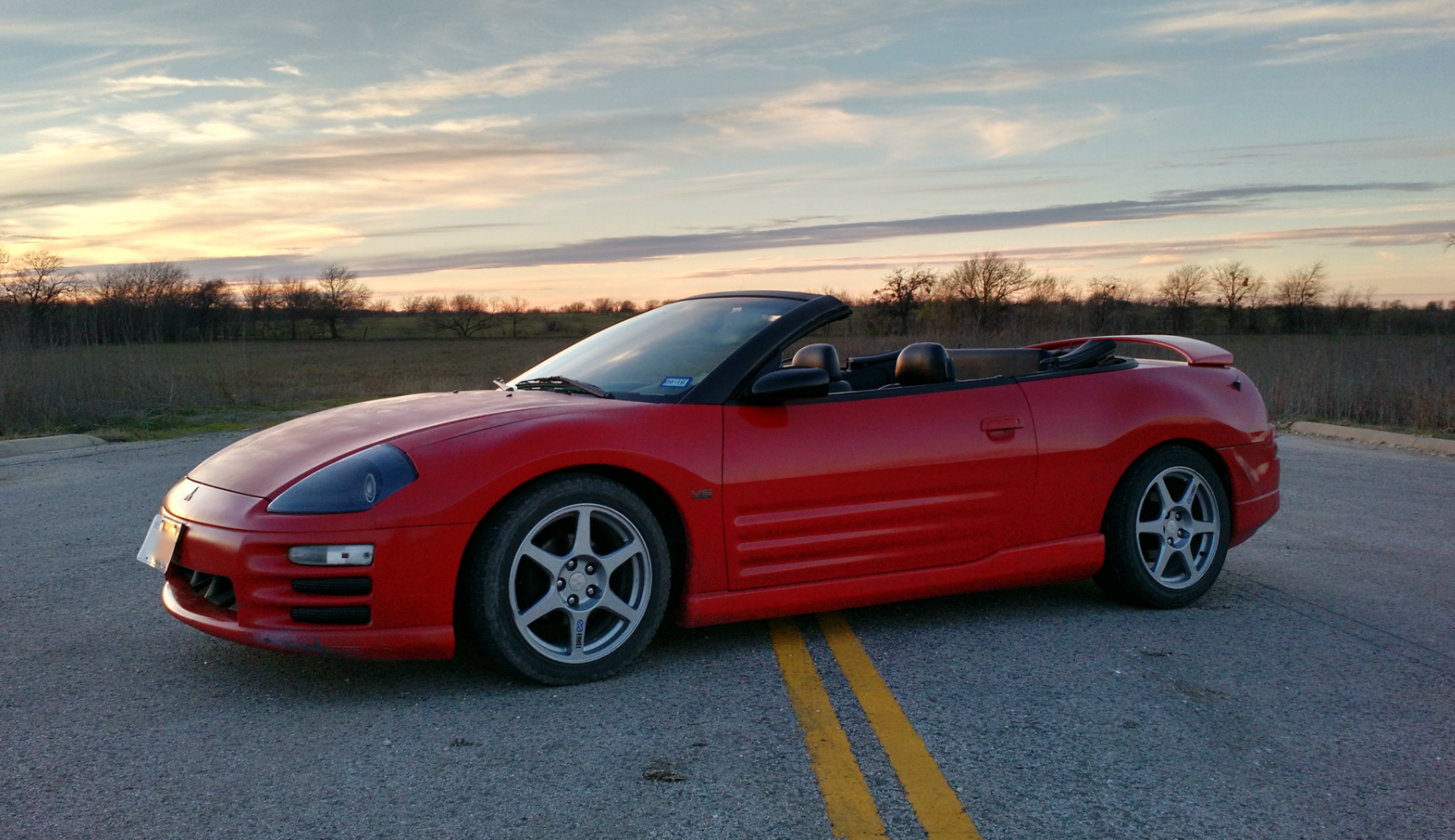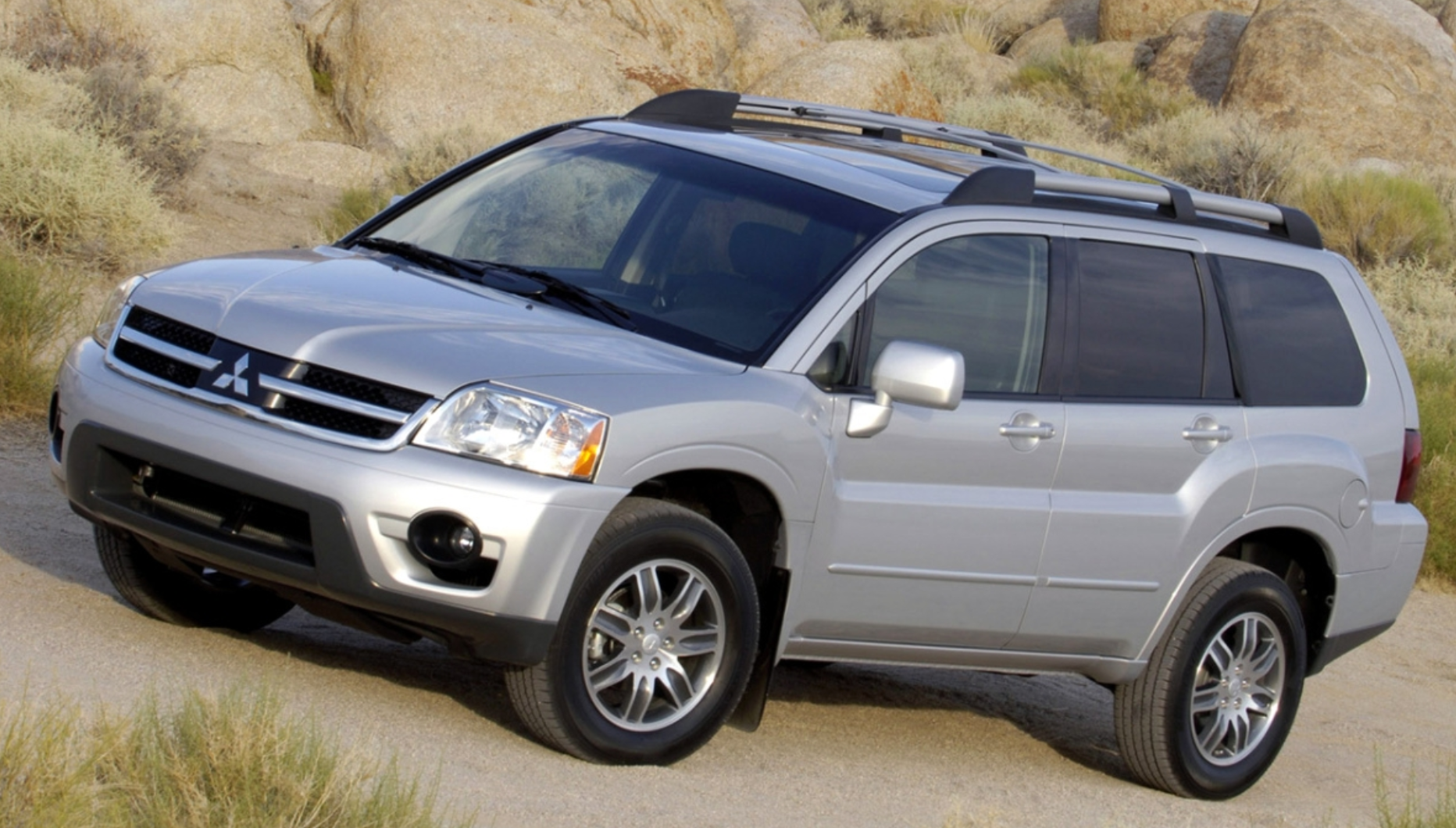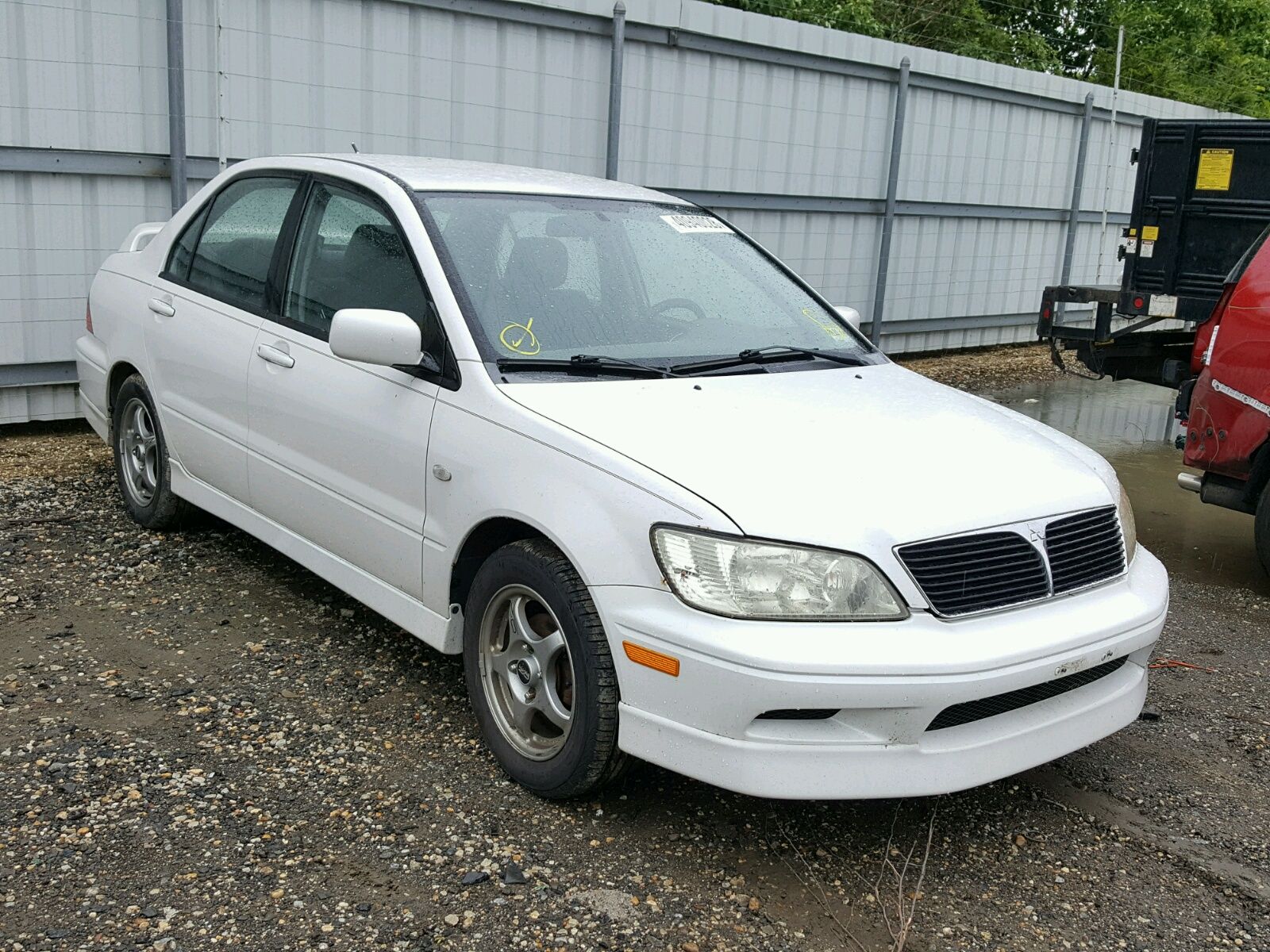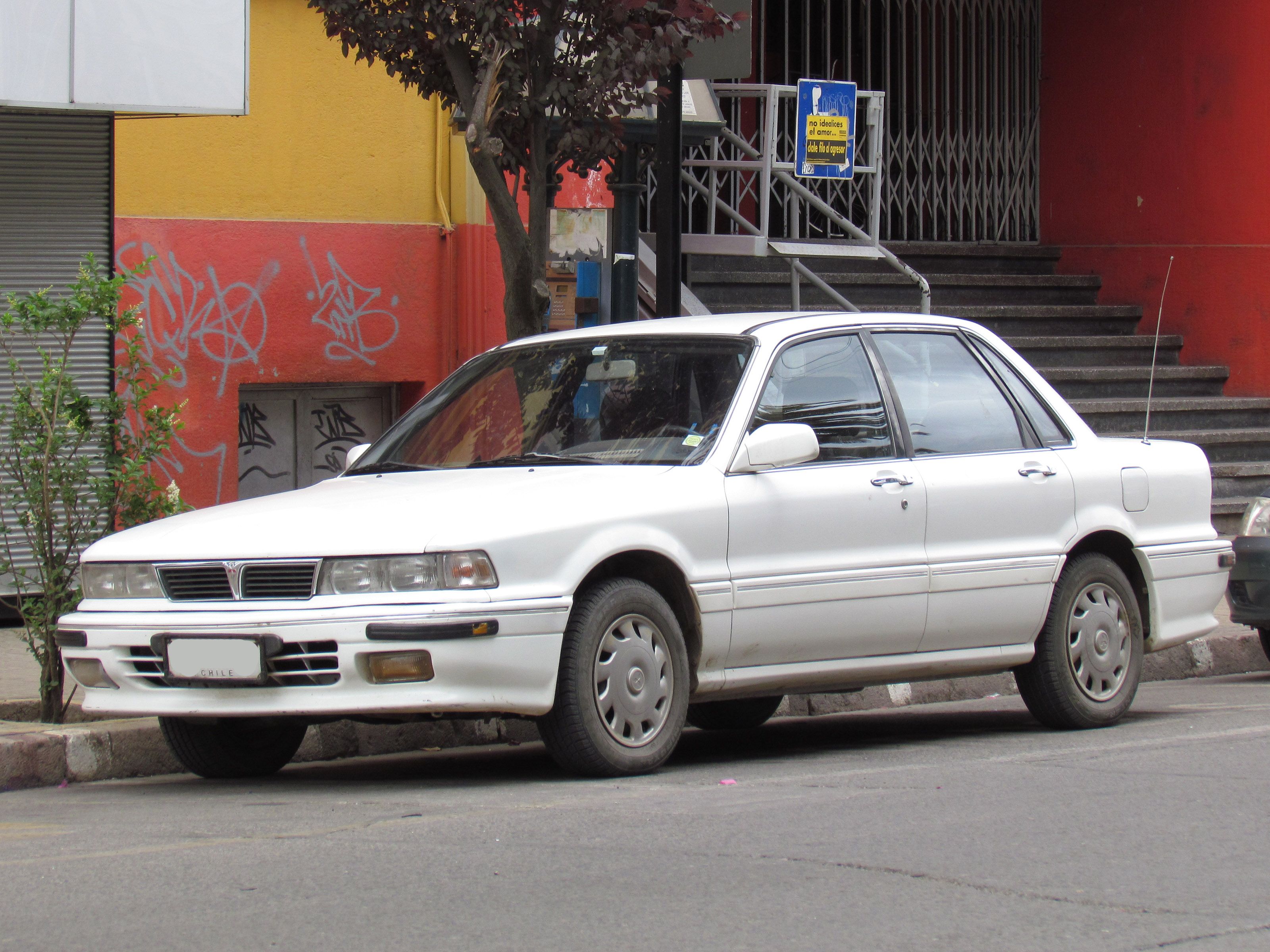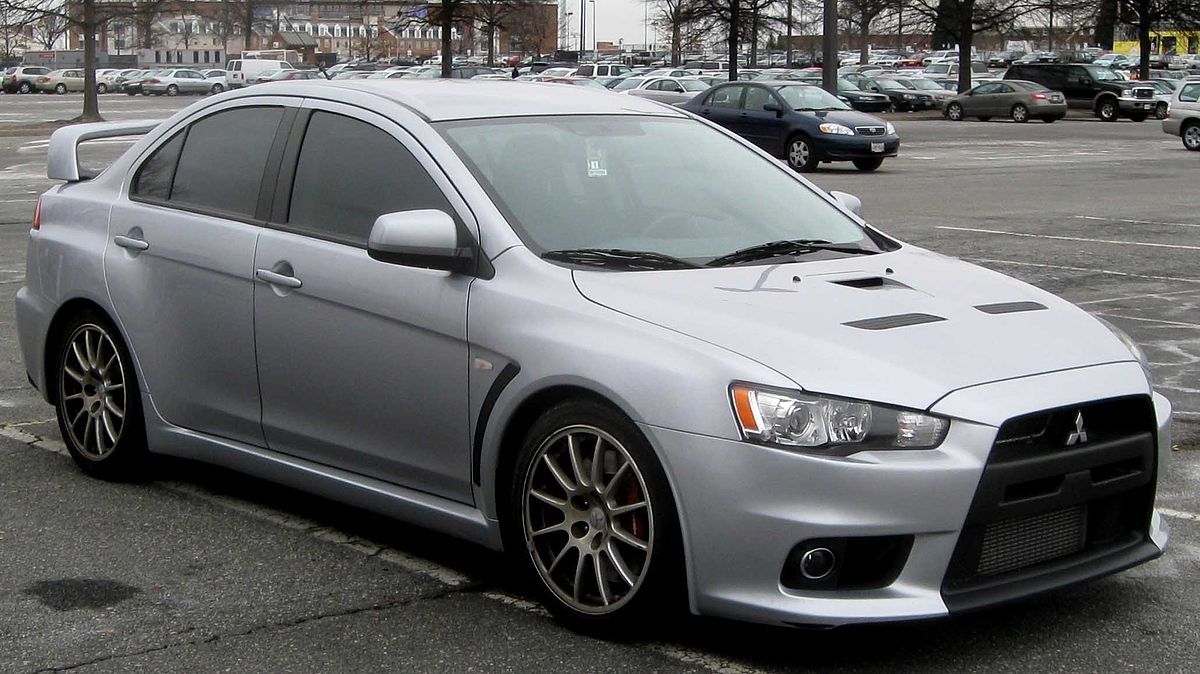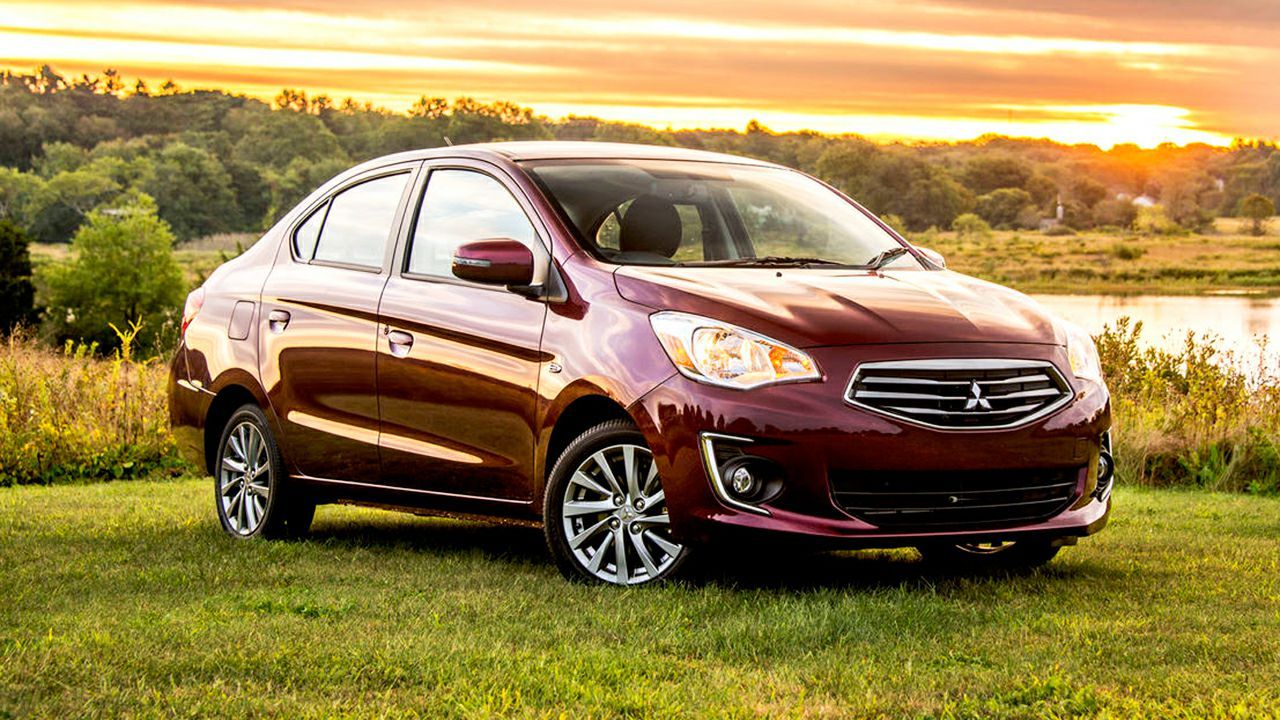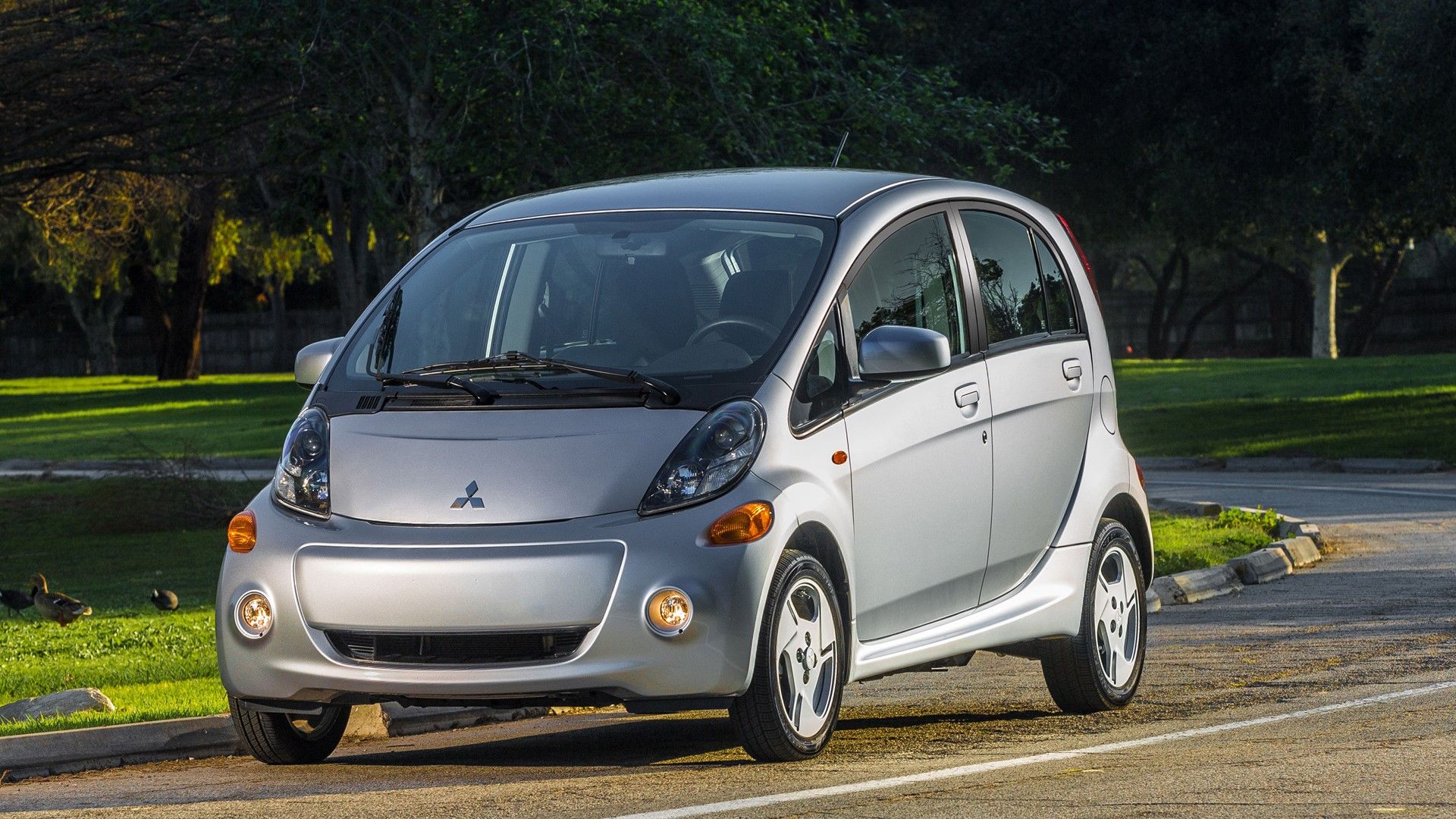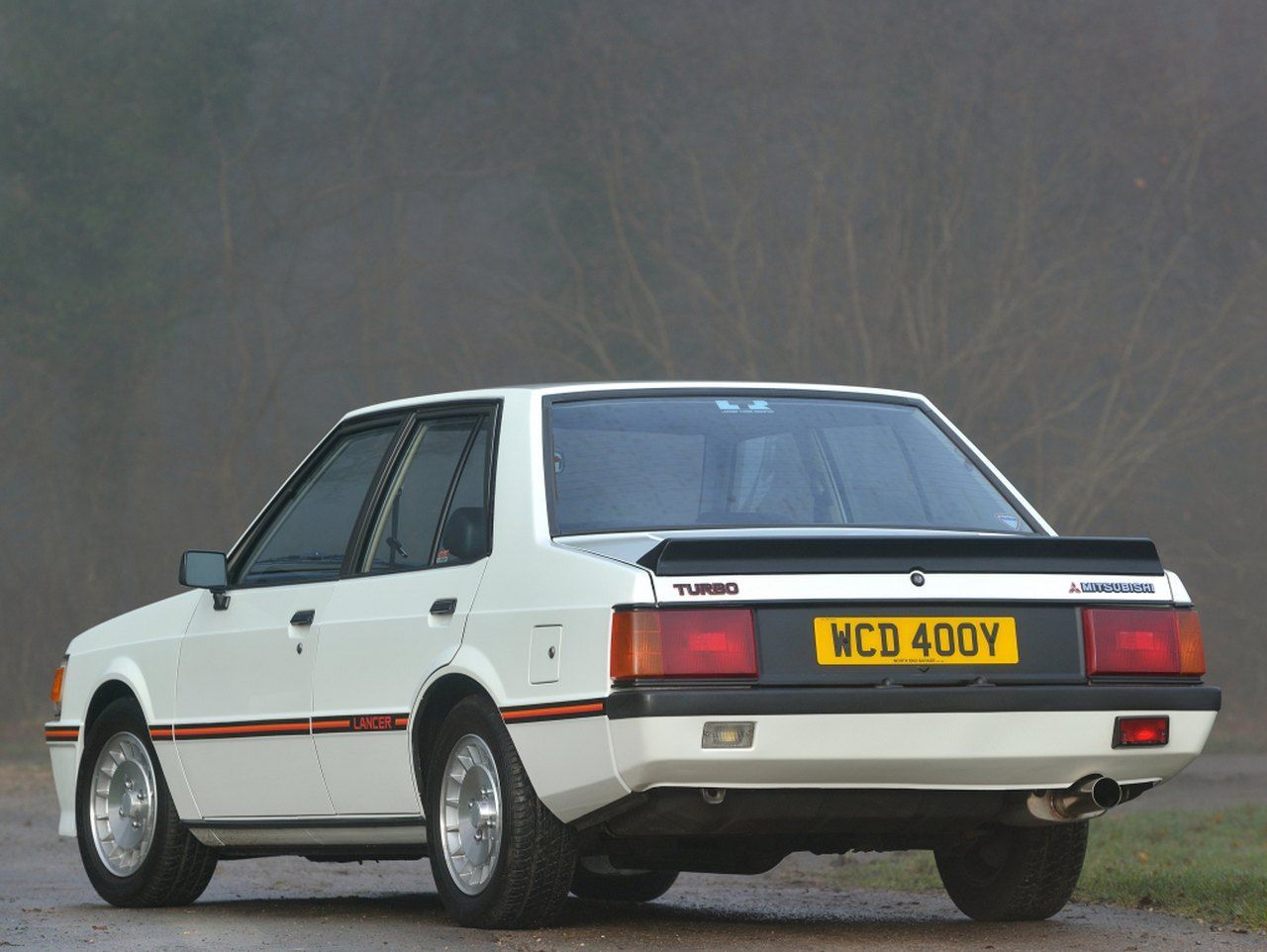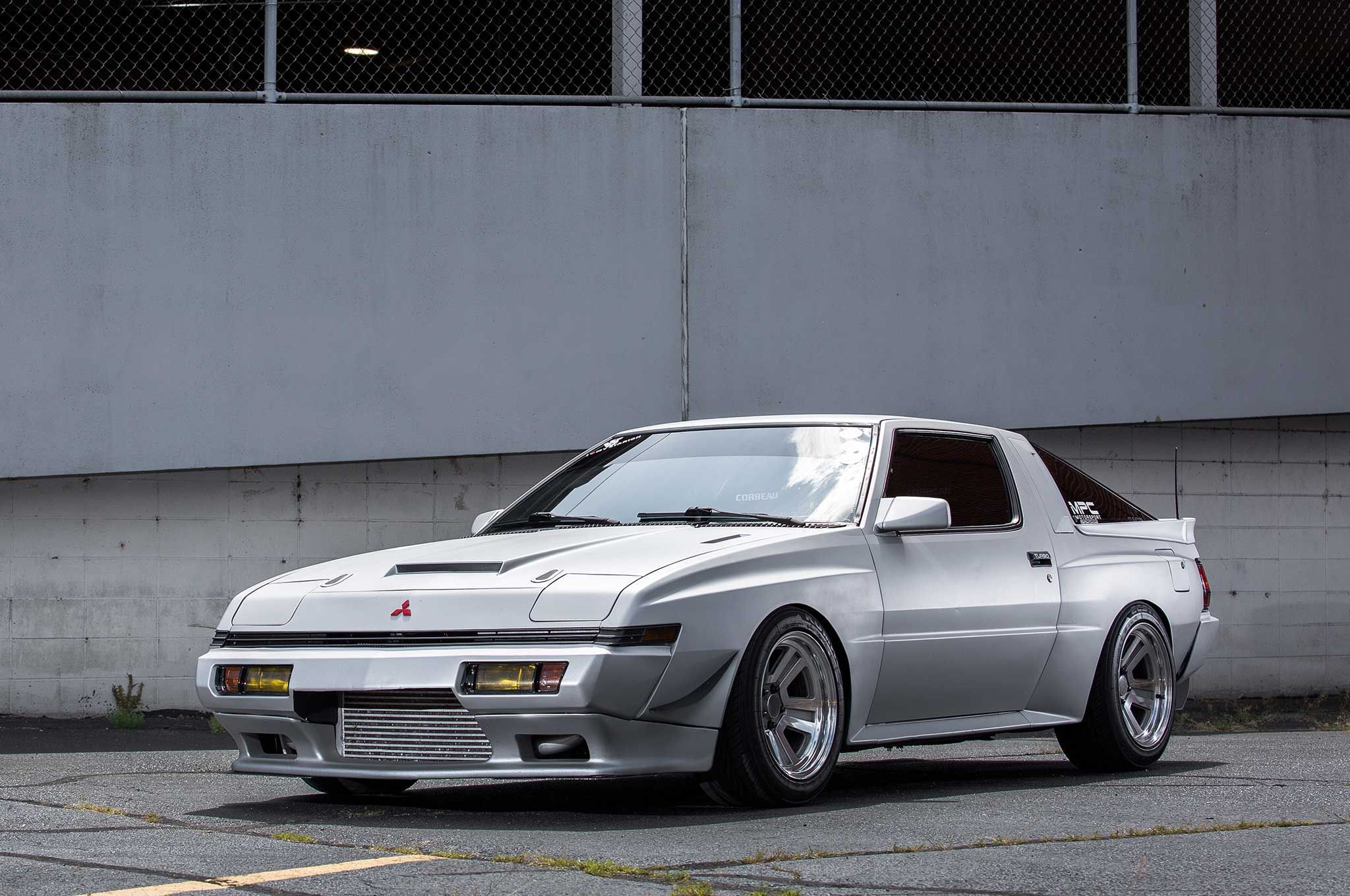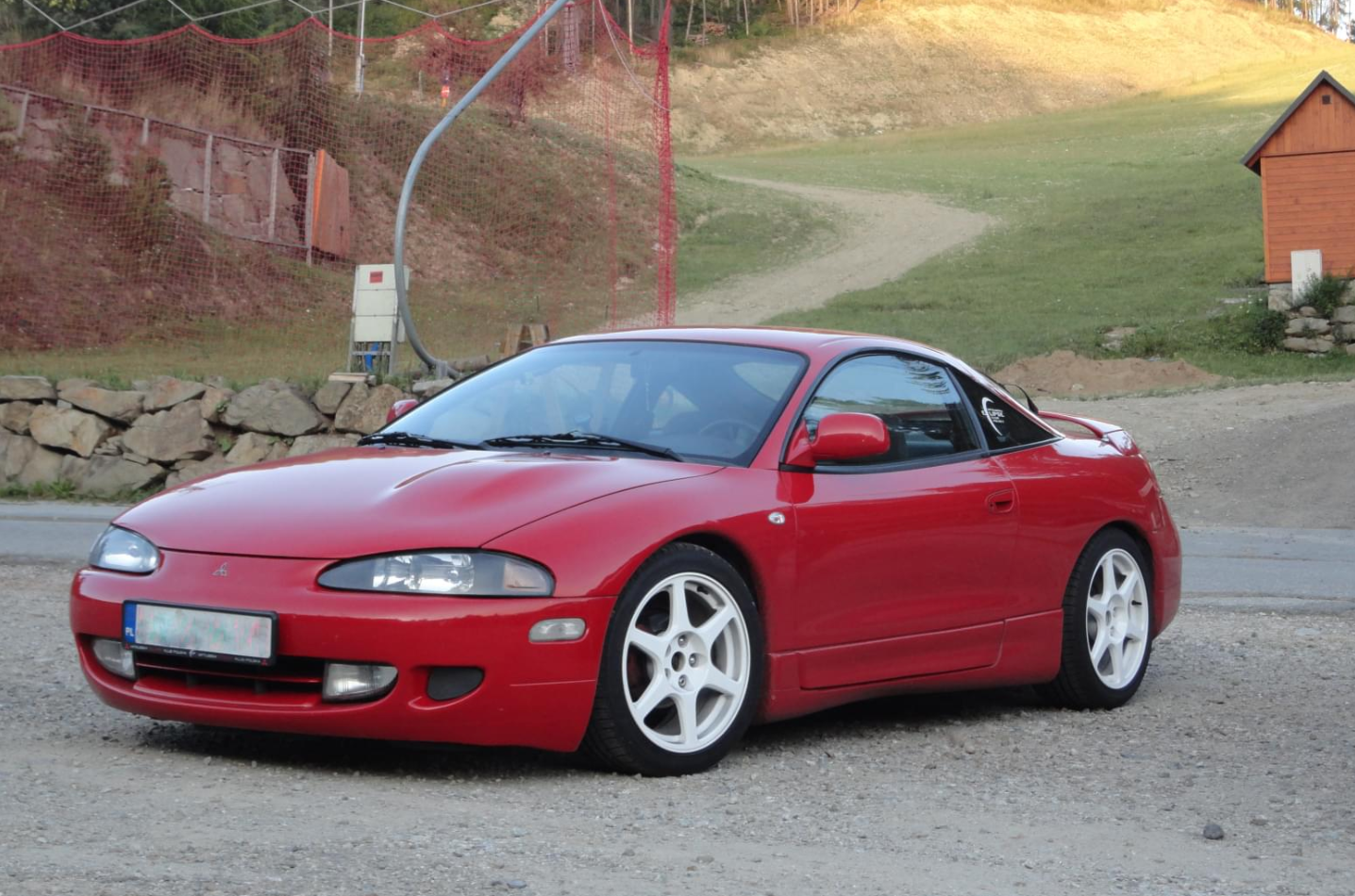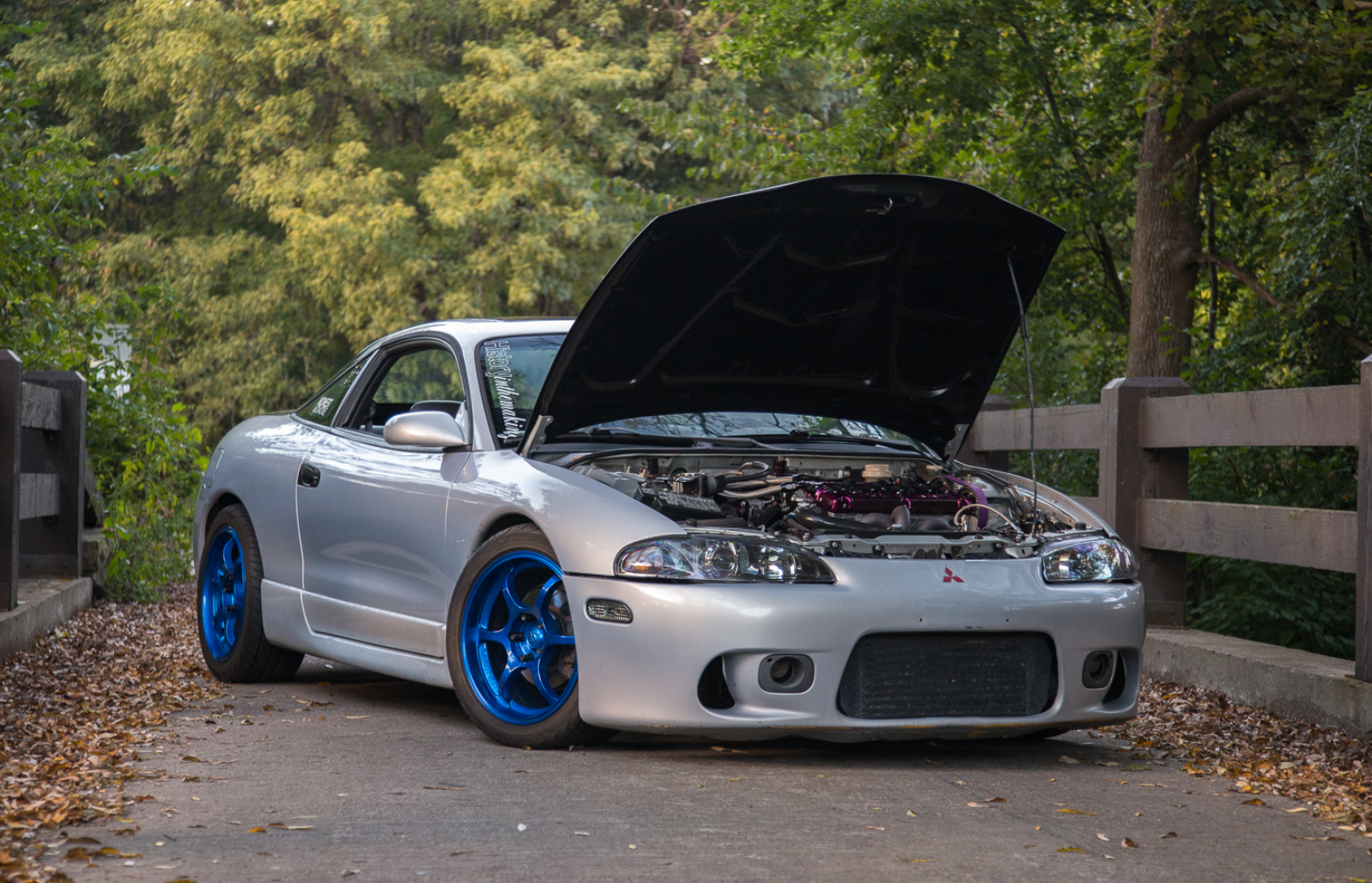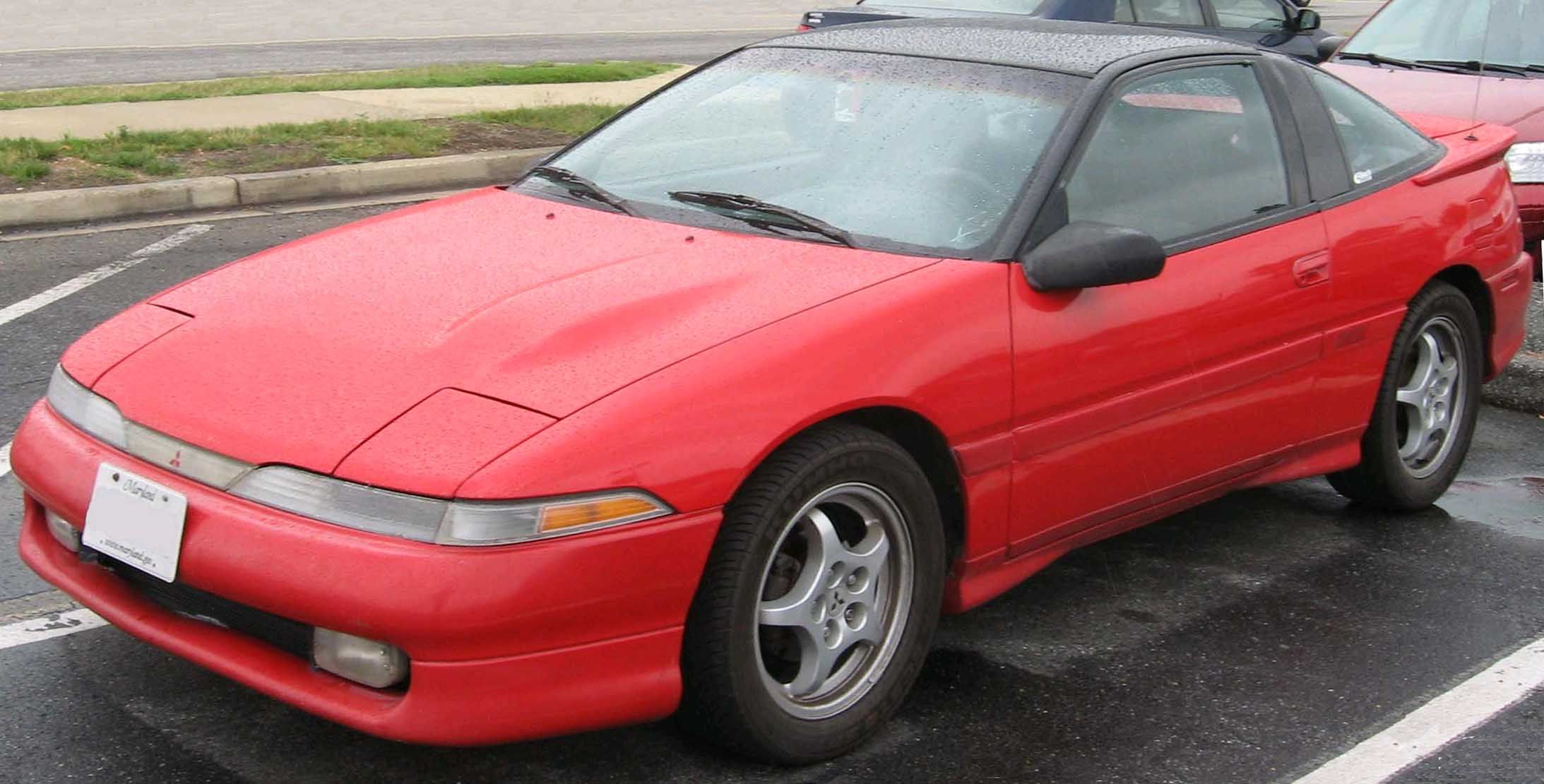Over the past 20 years, Mitsubishi as it existed died a slow and agonizing death. This was mostly due to incredibly wasteful management, chasing after a market they dramatically misunderstood. Most large car companies use some form of badge engineering. Where the company uses the same parts for different brands under its umbrella, to help cut costs. Some go too far, with General Motors and its former marques as a prime example of badge engineering removing the character of entire brands like Pontiac and Oldsmobile.
Mitsubishi, however, never had this issue whatsoever. They went the opposite direction. Under the same brand name, and even the same model name, under the same exact bodywork, would often lurk entirely different cars. Or two separate engines that fulfilled the exact same purpose. Opportunities to sell different models were lost, and the quality of the lower end vehicles in some model lineups were damaged by not even sharing the basics of what a higher end trim level of the same model had. This bad management came from corporate executives who had no clue about what makes a good car, or even what the market wanted in a car. They chased after trends without understanding what was powering the trend in the first place, leading to subpar vehicles that refused to be sold. The Outlander under delivered on Sports and Utility, and the Evolution X was a performance car that managed to be both fast and boring, among others.
This is the fall of Mitsubishi.
20 Buried Them: 3000GT VR-4
High off of their success in rally, and how it was translating to booming sales in the showroom, Mitsubishi decided to take a page from Audi, using all their motorsport technological expertise and putting it in a halo car for the street.
The result was the most technically advanced street car of the 90s, period.
A machine that made the R32 and R33 Nissan GT-Rs look quaint, and had more gadgets and active parts than any supercar then on sale. This was the VR-4 version of the 3000GT, and it failed on arrival. Too tech dependant, dramatically overpriced, and overweight.
19 Buried Them: Outlander
If Mitsubishi’s rally expertise couldn’t be carried by the company over into a halo grand touring sports car, you’d think it would be better used in a rugged SUV. Unfortunately, no. The Outlander was never fast, and it wasn’t rugged either. It was dramatically underpowered, taking the 4G63, removing its turbo, and putting it in a vehicle a thousand pounds heavier than what it was normally in. What remained was an especially boring crossover that was even slower than other vehicles of its kind. Mitsubishi was never a mainstream car company in the US, and the further it got away from motorsport, the worse it did.
18 Buried Them: Diamante
Mitsubishi really did have a golden goose situation with the 4G63 and the Eclipse, but as the 90s ended, so did their glory days. The Diamante is an incredibly rare car in the US, despite Mitsubishi’s best efforts. Sold as a “near-luxury” car in an attempt to steal buyers away from the middle of the Lexus range, the car never caught on.
Aiming to parasite off of an already less than mainstream brand in the market was probably a terrible idea, but the car itself didn’t help.
In an environment full of dynamically competent rear wheel drive sedans, the Diamante was front drive, experiencing all the associated foibles of understeer, torquesteer, and the like.
17 Buried Them: 3G Eclipse
While the glory days were beginning to wane at the turn of the millennium, Mitsubishi continued to soften the Eclipse. The car managed to stay roughly the same weight, but at the cost of the four wheel drive system, and the 4G63 was replaced by the 4G64. This was a 2.5 liter non turbo engine that formed the bottom of the power plant lineup for the car, which had no turbos available. The car was featured in the sequel to The Fast and the Furious, which was now heavily subsidized by Mitsubishi. But unlike the Evo seven shown in the film, the 3G Eclipse didn’t have any love from real life race car people.
16 Buried Them: Endeavor
The company’s best times were behind them, but they didn’t realize it. The 3G had basically been a mid sized sedan with a pretty coupe or convertible body bolted on top, and this is evidenced by it sharing a platform with the Chrysler Sebring of all things. Mitsubishi felt it was time to step up and out of Chrysler’s shadow, however, and they devised their own platform. It’s first vehicle was the Endeavor, a middle of the road at best SUV equipped with an aging V6 and an already decrepit four speed automatic transmission. Lacking sound leadership, Mitsubishi was starting to go downhill fast.
15 Buried Them: Lancer
Being a small company owned by a Japanese conglomerate that didn’t really care about building cars, Mitsubishi didn’t have the money to develop new tech, though by this point it was desperately needed.
This is typified by the 2000s Lancer, a new car whose engine lineup was already three decades old on launch.
While a little heavy and underpowered, the car is otherwise just standard. Nothing to set it apart or features to tout. It is easy to see why Mitsubishi as a company was already beginning to fade into the background, as it’s engineering and styling work had done so long before.
14 Buried Them: Evo VIII
The last tentpole for Mitsubishi continued to be the same thing that launched the company to greatness in the 80s and very early 90s. The 4G63T turbo inline four engine, and the advanced four wheel drive system that accompanied it. The worldwide rally success that followed these mechanical marvels was earned, and the car community knew it. The Lancer Evo, the car that had virtually defined Mitsubishi, was finally introduced to the US in 2003, after it’s primary rival, the Subaru Impreza’s performance variants, had become a smash hit just before. In 2003 one could buy a 4G63T equipped four door with a huge wing and incredibly high tech four wheel drive system for just under the cost of a Mustang GT.
13 Buried Them: 4G Eclipse
At the height of the Fast and Furious hype, Mitsubishi had no idea the rug had already been pulled from under it. The Lancer Evolution had found a new market that was absolutely ravenous for it, The Eclipse was still doing fine despite aging, and the company was making bank even though their development budget was still small. They didn’t realize that the movies were propping up an Eclipse that had lost its lustre, all because Mitsubishi had softened it further and further. So when they wanted a new car in the Eclipse line, they went still softer, right as the Fast and Furious craze began to die down.
12 Buried Them: Galant
The 4G Eclipse was straight up plump, in both weight and handling. Even the most powerful stock engine ever put in an Eclipse wasn’t enough to make it fast. This was in what was supposed to be a sports car, so you can imagine what a family sedan built from these same principles would be like.
The modern Galant is overweight, underpowered, slow, unagile, and to top it off, ugly.
Mitsubishi was not a mainstream company, so it needed something good to create sales. But the 2000’s Galant was an also ran. Sales were always slow, but in the early 2010s, it finally died.
11 Buried Them: Evo X
Seeing sales dive after the Fast and Furious craze, and knowing what propped up the entire company’s image was their rally meister Evolution, they knew what they had to do. A new Lancer was coming, and to accompany it Mitsubishi would bet the farm on a new flagship model. This car would incorporate the penultimate versions of everything that made Mitsubishi great, including the successor to the 4G63T, the most advanced all wheel drive system Mitsubishi had yet developed, and a new transmission as well. Like the 3000GT, it was too much. Too costly, and somehow too refined. Driving this state of the art speed machine feels like driving a minivan.
10 Buried Them: Mirage
Mitsubishi’s last toll on the bell was the great recession. What work they had put into the Evo X, however misguided, went almost entirely up in smoke as the entire auto industry floundered. When industry giants like General Motors are near going under, you know that a little guy like Mitsubishi has it rough. And while the little company might not have had the overhead GM did, it didn’t have the brand image or engineering either. The one thing Mitsubishi did have as the recession’s rampage waned was the super cheap Mirage. Introduced as the economy was getting back to normal in 2012, the Mirage managed to be too little car, with tepid power, bad handling, and a blank interior.
9 Buried Them: I-MiEV
Right before Mitsubishi was taken over by Nissan, one of the last ditch efforts to make some money was a bold attempt at electric cars. This spawned the i-MiEV, a tiny little electric hatchback that sold well- for pre-Model S electric car. It didn’t sell very well, and was typical of Mitsubishis in this way.
Lacking power, range, practicality, and being ugly, the only people who bought it were hardcore environmentalists.
People who didn’t translate very well to the rest of the car market, considering their tree hugging pretensions. Mitsubishi didn’t have the technology, and swung and missed.
8 Buried Them: Eclipse Cross
While their last independent car building attempt was a swing for the fence in a desperate bid to be ahead of the curb, what really doomed Mitsubishi was being continually behind the curve. Ever since the Starion, and perhaps even before, Mitsubishi decided what to do in the future by what had happened in the past. When Mazda, Toyota, and Nissan had already done their thing with a GT car, only then did Mitsubishi join the party with an equal competitor, not something which improved on what came before. Nissan has in a way continued this trend as they now head Mitsubishi, taking the Eclipse name and bastardizing it by putting it something that sold well five years ago- a crossover.
7 Buried Them: Stealth R/T
It’s Chrysler counterpart in the DSM deal was the Dodge Stealth, a vehicle which did away with most of the tech and some of the weight, but really just ended up sucking even worse. With the four wheel drive and twin turbos stripped away, the car became just a front heavy blob that happened to have pretty bodywork. Handling and power were given to the car because of the tech, but without it the vehicle’s overbearing weight took away any semblance of agility or speed. Reliability issues compounded this, as a bad car that runs is still better than a bad car stranded on the side of the road.
6 Kept Them Alive: Lancer EX Turbo
Back in the day, before the bastardized nameplates, underwhelming cars and trucks, street cred, and even before the rally titles and championships, Mitsubishi didn’t have much to prop up it’s name. The company was an also ran, a substitute and secondary choice without anything about it that really stood out, especially to the car guys who often ended up setting the trends for the rest of the industry.
This all began to change with the second generation Lancer, a rear wheel drive front engined machine that would often be seen hustling around the mountain passes of Japan in the 80s.
Most things about the car were standard, except for an engine that would soon become legendary- the 4G63T.
5 Kept Them Alive: Starion
The little car company that had tasted a little greatness with the Lancer EX was now going for broke, rushing to catch up with its Japanese competitors in the sports car segment. GT sports cars were deeply in vogue, as Mazda, Toyota, and Nissan had already made the most of the market with the FC RX-7, MKII Supra, and Z31 Fairlady Z respectively. Mitsubishi entered the race by forming Diamond Star Motors, or DSM, with the help of Chrysler, gaining resources and a larger foothold in the huge US market. The Starion was every bit the equal to the more popular Zs and Supras, weighing less and being easily upgradable.
4 Kept Them Alive: 2G Eclipse GS
Just before the Outlander arrived on US shores and barely achieved yearly sales that looked like the monthly sales of its competitors, Mitsubishi got its final large injection of interest from the domestic car buyers. A front wheel drive economy car starred in a surprise hollywood hit, The Fast and the Furious. Overnight, tuner culture exploded from an underground lifestyle into the newest, hottest mainstream thing. And Mitsubishi was right there, reaping the benefits. The year after The Fast and the Furious debuted was the highest selling year in Mitsubishi history for the US. All because of a little green car that exploded.
3 Kept Them Alive: 2G Eclipse GSX
The little green car on screen was a second generation Eclipse, a car that succeeded the 1G in the dynasty of sport compact speed. The 2G was less hardcore than the original, heavier, and early models experienced engine failures.
But the car grew up, far better looking than the original and in its final form, even faster.
While not as good of an all out race car, the 2G is still a vehicle that has the legendary 4G63T engine attached to the four wheel drive system Mitsubishi pioneered while sideways and spraying mud off a rally course. It is softer, prettier, but still possible to do a ten thousand dollar build and have a ten second car.
2 Kept Them Alive: Galant VR-4
The Eclipse was a smash hit, so much so that if the trend continued Mitsubishi might not be an outlier anymore. But while that car was largely popular because of its good looks, the drivetrain of it was quite impressive as well. And before the Lancer Evolution was used as Mitsubishi’s rally weapon of choice, that powertrain was put in a Galant, of all things. So for homologation purposes, the normally front wheel drive Galant was offered as a turbo four wheel drive car, with turbo four wheel drive speed from the factory. While this by itself is awesome, this also meant the ease of modification of Eclipses also carried over, meaning a family sedan that could outrun a Lamborghini when the boost was cranked.
1 Kept Them Alive: 1G Eclipse GSX
By now Mitsubishi was getting better established as a performance broker, and put the 4G63 in one of it’s lightest cars, while being armed with four wheel drive from the company’s rally exploits. Mitsubishi was now deep into racing, climbing the latter of the World Rally Championship against far larger companies. The result was a serious set of technologies that had a direct and extraordinary effect on showroom models. The effect on the top trim level AWD Eclipse was to make it into a pocket rocket that was dramatically under stressed. Modified 1G, or first generation, Eclipses can be built into ten second cars for less than ten thousand dollars these days.
Sources: CarAndDriver.com, MotorTrend.ca, CarGurus.com

